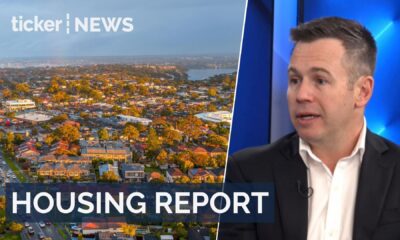Money
Meta responsible for a massive data leak

Money
New Zealand experiences unexpected economic growth surge
New Zealand economy sees 1.1% growth in third quarter, surpassing forecasts and signalling broad recovery after earlier contraction
Money
US economy grows 4.3% in Q3, exceeding forecasts
US economy grows 4.3% in Q3 2025, surpassing forecasts despite inflation and shutdown challenges
Money
Laurene Powell Jobs exits Monumental Sports ownership completely
Laurene Powell Jobs sells her stake in Monumental Sports & Entertainment to Arctos Partners and QIA for $7.2 billion
-



 Money3 days ago
Money3 days agoUS stocks surge amid AI hype despite market volatility
-



 Leaders3 days ago
Leaders3 days agoAI and automation reshape future tech careers
-



 Tech2 days ago
Tech2 days agoGoogle Cloud and Palo Alto launch $10 billion AI deal
-



 Property20 hours ago
Property20 hours agoBlackstone acquires Hamilton Island for $1.2 billion
-



 Money20 hours ago
Money20 hours agoLaurene Powell Jobs exits Monumental Sports ownership completely
-



 Tech3 days ago
Tech3 days agoGlobal race for AI infrastructure amid soaring energy costs
-



 News3 days ago
News3 days agoAustralia’s property market set to soar in 2026
-



 News2 days ago
News2 days agoChina deploys over 100 ICBMs near Mongolia border







